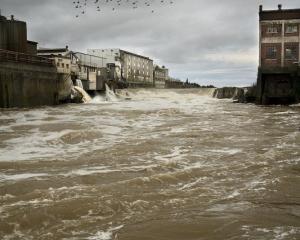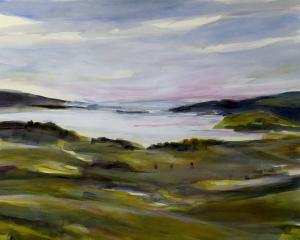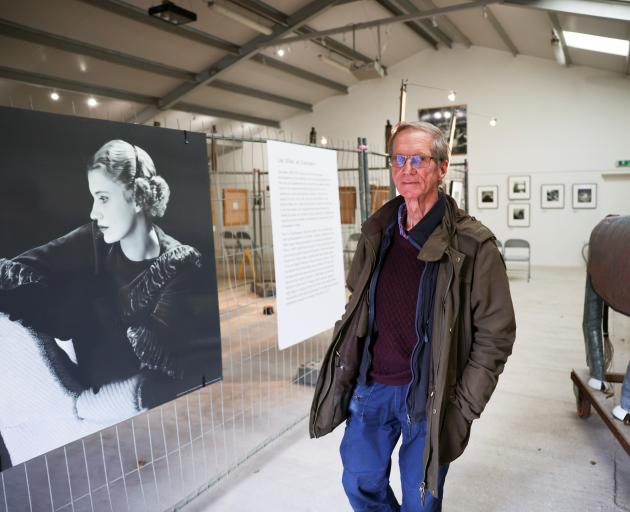
Filming for a biopic starring Kate Winslet was also meant to have begun at Farleys House in Muddles Green, where the American-born Miller recovered from documenting the horrors of war and entertained guests including Pablo Picasso and fellow surrealist photographer and her former lover Man Ray.
Instead, the pandemic has put almost every plan on hold.
"It's like a wasteland of tumbleweed," said Ami Bouhassane, Miller's granddaughter.
She curates the Miller archive with her father, Antony Penrose, Miller's son with the surrealist artist Roland Penrose.
Covid-19 has compounded the uncertainty created by Britain's departure from the European Union, with a transition period ending on December 31. That has left galleries anxious about how complicated it might become to stage shows and transport artworks abroad.
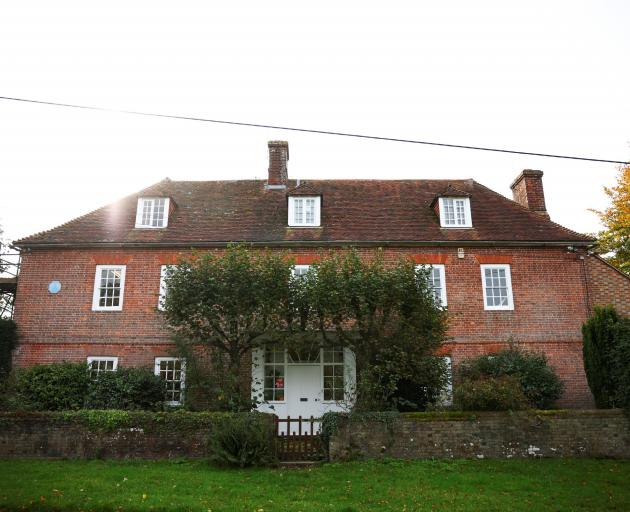
This year, it was planning on seven and to expand into the United States as part of a strategy to cope with Brexit. Two have gone ahead - one in Germany, traditionally one of its most important markets, and another in non-EU Switzerland.
A third show, intended for Europe, is being shown instead to Farleys' trickle of socially-distanced visitors, while the other exhibitions are in storage.
Such problems are shared to varying degrees by art institutions great and small as visitor numbers no longer justify large-scale exhibitions and planning is fraught.
"The Covid-19 pandemic has impacted the entirety of the arts and culture sector," said Arts Council England in an email. The body is helping to administer a government £1.57 billion ($NZ3.05 billion) Culture Recovery Fund.
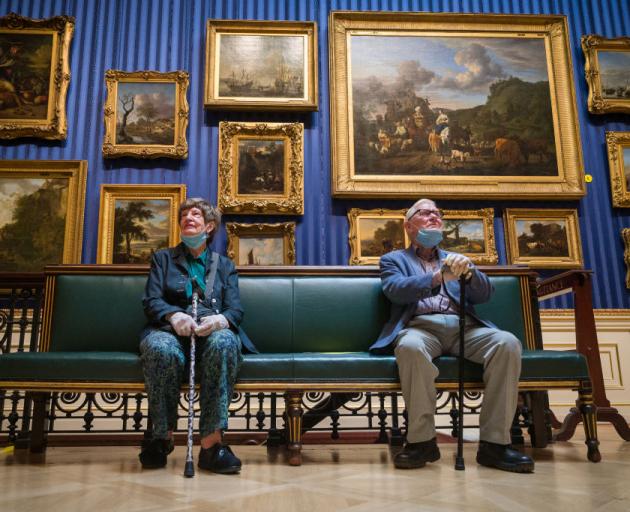
"Financially it doesn't make sense to do blockbuster shows at the moment," Xavier Bray, director of the museum, told Reuters.
Commercial revenue from events, a shop and restaurant has dropped by 1.5 million pounds and the museum faces "a massive deficit" this year, Bray said.
"Any help is going to be crucial to the survival of institutions like the Wallace Collection."


